Release Date: February 09, 2022
Archbishop José H. Gomez of the Archdiocese of Los Angeles and Archbishop Dennis M. Schnurr of the Archdiocese of Cincinnati are taking an active interest in this upcoming Sunday’s big game. Both archbishops are enthusiastically rooting for their home team and have even placed a friendly wager on the outcome. Archbishop Schnurr is offering a case of Cincinnati’s own Graeter’s ice cream for his part in the wager, on his end, Archbishop Gomez is offering baked treats from Porto’s Bakery in Los Angeles.
“I look forward to celebrating the Rams’ victory with the delicious Graeter’s ice cream that Archbishop Schnurr will be sending my way,” commented Archbishop Gomez. “One of the best parts of the Bengals’ triumph will be digging into the famous Porto’s pasteles and cookies provided by my friend Archbishop Gomez,” responded Archbishop Schnurr.
Catholics are encouraged to get involved in this friendly exchange. Donations are being accepted to benefit each archdiocese’s Catholic Education Foundation (CEF) in the spirit of the big game. Visit BishopsBigGame.com or follow #BishopsBigGame on social media to see how you can be a part of the excitement and donate to support Catholic school students in the name of your favorite team. The CEF of the “winning” archdiocese will receive 60% of the total fund and the CEF of the other archdiocese will receive 40% of the total fund. All proceeds collected will go directly to the respective CEF which provides needs-based tuition assistance for attending Catholic schools. To get things started each archbishop has made of a donation of $1,000 to the joint fund.
“I am so proud of the Catholic schools of the Archdiocese of Cincinnati and the work of the Catholic Education Foundation. Through the generosity of the faithful the CEF is providing millions of dollars of financial assistance each school year,” said Archbishop Schnurr.
“We may disagree on the winning team, but on Catholic education, our bet is on our Catholic schools in both archdioceses all the way,” added Archbishop Gomez. “I’m proud of the great work of our students, teachers, staff, families and parish communities that make our Catholic Schools great and for the generous support of the faithful through CEF so that our students have the opportunity to learn and grow to become the leaders of tomorrow.”
To learn more and watch #BishopsBigGame digital engagement follow these
social platforms:
Archdiocese of Cincinnati @catholicaoc
Facebook | Instagram | Twitter | YouTube | catholicaoc.org
The Catholic Telegraph @thecatholictelegraph
Facebook | Instagram | Twitter | thecatholictelegraph.com
Archdiocese of Los Angeles @lacatholics
Facebook | Instagram | Twitter | YouTube | Pinterest | Spotify | lacatholics.org
Archbishop José H. Gomez @archbishopgomez
Facebook | Instagram | Twitter |archbishopgomez.org
Angelus News @AngelusNews
Facebook | Instagram | Twitter | angelusnews.org
The Archdiocese of Cincinnati (established in 1821) and The Archdiocese of Los Angeles (established in 1840) are the presence of the Roman Catholic Church in their respective geographies. Collectively, the two archdioceses minister to more than 5 million Catholics through 496 parishes, 376 schools and numerous charitable ministries.
Contacts:
Jennifer Schack
Director of Media Relations
Archdiocese of Cincinnati
Office | 513.263.6618
Cell | 859.512.5626
Yannina Diaz
Media Relations
Archdiocese of Los Angeles
Office | 213.637.7215

